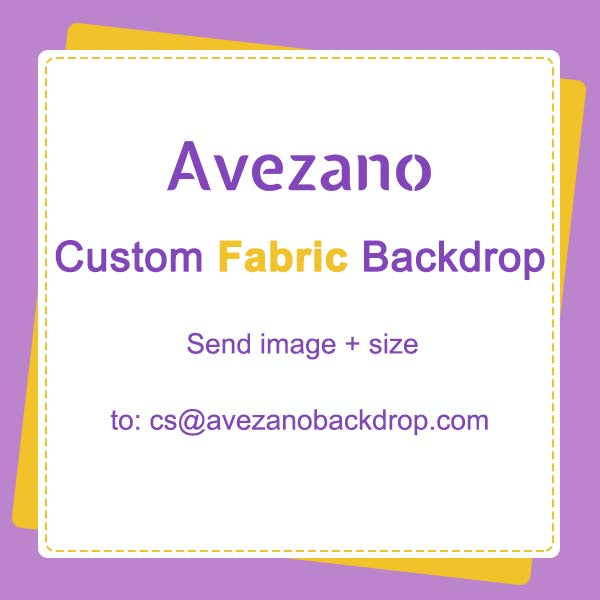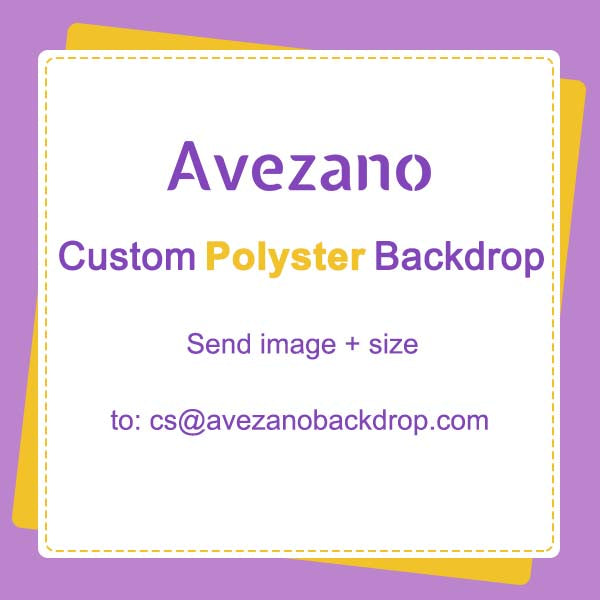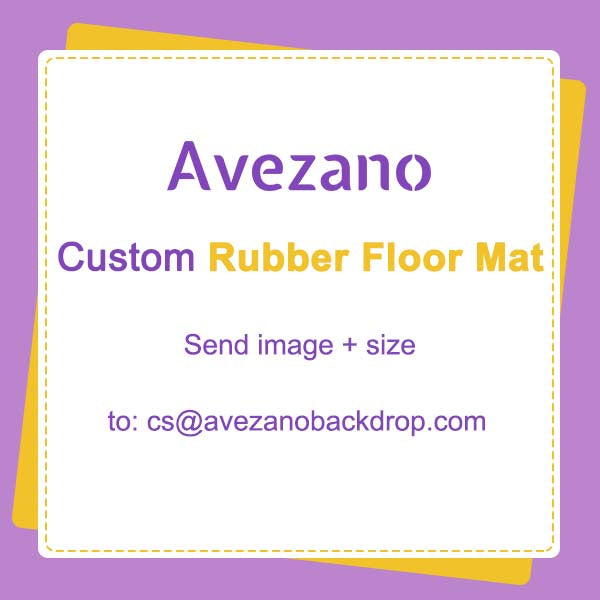
The Photograph Studio Blueprint: Building Your Creative Haven from Scratch
So, you're dreaming of your own photography studio? That dedicated space where creativity flows, clients feel comfortable, and you have complete control over the light? It's an exciting venture, but navigating the setup – equipment, costs, space selection – can feel overwhelming. Fear not! This guide breaks down the essentials to transform your vision into a functional and inspiring reality.
1. Finding Your Perfect Canvas: Space Selection is Paramount
Before buying a single light stand, securing the right space is critical. Consider:
-
Size & Layout: What's your primary focus? Portraits need less depth than full-body fashion or large product shoots. Aim for a main shooting area at least 12ft x 15ft (3.6m x 4.5m), ideally larger. Ceiling height (10ft+/3m+) is crucial for lighting flexibility and avoiding shadows. Factor in separate zones for shooting, client seating/wardrobe/makeup, gear storage, and potentially a small office/editing nook.
-
Location & Accessibility: Is it easy for clients to find and park? Is it in a safe, professional area? Consider proximity to your target market. A downtown loft might attract fashion clients, while a suburban unit might suit families.
-
Light Control: Large windows are fantastic for natural light work, but absolute control requires the ability to black them out completely. Look for spaces without excessive fixed lighting or skylights that are hard to cover. Check existing window treatments.
-
Infrastructure: Reliable electricity is non-negotiable. Studios consume significant power. Ensure sufficient circuits (dedicated ones are ideal) and outlets. Check HVAC – studios can get hot under lights and stuffy with people. Good ventilation is key. Flooring (concrete, hardwood, laminate) is easier to clean than carpet. Neutral wall colors (white, grey) are versatile.
-
Cost: Rent is your biggest recurring expense. Balance location, size, and amenities with your budget. Don't forget utilities (electricity will spike!), insurance (liability & equipment), and potential build-out costs (painting, installing backdrop systems, blackout solutions).
2. Equipping Your Arsenal: Gear Essentials & Beyond
The core of your studio is your equipment. Start with fundamentals and build:
-
Lighting (The Heartbeat):
-
Strobes vs. Continuous: Strobes (monolights/packs) are the studio standard – powerful, cool, fast recycling. Continuous lights (LED panels) are great for video, beginners, or seeing light effects live, but often less powerful for stills.
-
Quantity & Power: Start with 2-3 lights (Key, Fill, Hair/Background). Power needs depend on space size and subject (200-500Ws per light is a good starting range for small/medium studios).
-
Modifiers (Shaping the Light): Essential! Softboxes (various sizes), umbrellas (shoot-through/reflective), beauty dishes, reflectors, grids, snoots. These transform harsh light. Budget for stands, boom arms, and sandbags for safety.
-
-
Backdrops & Support:
-
System: Invest in a sturdy backdrop support system (crossbar/stands or wall-mounted). Ensure it can handle paper rolls (common widths: 53", 107") and fabric/muslin backdrops.
-
Backgrounds: Seamless paper (white, black, grey are staples; colors for variety), durable fabric/muslin backdrops (textured, patterned), collapsible backgrounds. Consider a sweep for seamless floors.
-
-
Camera & Lenses: While you likely have your camera, studio work often favors prime lenses (e.g., 50mm, 85mm, 105mm) for sharpness and wider apertures. A sturdy tripod is essential for consistency.
-
Support Gear:
-
Light Stands: Multiple heavy-duty stands.
-
Triggers: Reliable wireless triggers/receivers compatible with your strobes.
-
Computer & Software: For tethered shooting (highly recommended!) and editing. Fast storage (SSDs) is crucial.
-
Miscellaneous: Memory cards, batteries, clamps, gaffer tape, extension cords, surge protectors, cleaning kits, step ladder, fan (for wind effects/hair), basic props, comfortable seating for clients.
-
3. Counting the Cost: Budgeting Realistically
Setting up a studio requires significant upfront and ongoing investment. Be meticulous:
-
One-Time Costs:
-
Security Deposit & First Month's Rent: Often 2-3x monthly rent.
-
Build-Out/Renovation: Painting, flooring repairs, installing backdrop system, blackout solutions, signage, furniture (chairs, table, storage).
-
Core Equipment: Lighting kits, modifiers, backdrop system, computer, tripod, triggers. (This is the bulk).
-
Backdrops & Props: Initial stock.
-
-
Recurring Costs:
-
Rent: The biggest monthly expense.
-
Utilities: Especially electricity!
-
Insurance: Liability insurance (absolutely essential) and equipment insurance.
-
Backdrop Paper/Supplies: Replenishing seamless paper, tape, etc.
-
Marketing: Website, online listings, advertising.
-
Software Subscriptions: Editing software (Adobe CC), booking systems, accounting.
-
Maintenance: Equipment upkeep, repairs.
-
Business Fees: Licenses, permits, taxes.
-
Estimated Startup Cost Ranges (Excluding Rent/Build-Out):
| Category | Budget-Friendly | Mid-Range | Pro-Level |
|---|---|---|---|
| Lighting (3 lights) | $500 - $1,200 | $1,200 - $3,000 | $3,000+ |
| Modifiers | $200 - $500 | $500 - $1,500 | $1,500+ |
| Backdrop System | $100 - $300 | $300 - $800 | $800+ |
| Backdrops/Paper | $100 - $300 | $300 - $700 | $700+ |
| Triggers | $50 - $150 | $150 - $400 | $400+ |
| Computer | (Existing) - $800 | $800 - $2,000 | $2,000+ |
| Misc. Gear | $200 - $500 | $500 - $1,000 | $1,000+ |
| Total (Approx.) | $1,150 - $3,750 | $3,750 - $9,400 | $9,400+ |
Remember: This is just for core studio gear. Rent, build-out, insurance, software, and marketing add significantly more. Always budget at least 20-30% extra for unexpected costs.
4. Beyond the Gear: Creating a Functional Workflow
-
Client Experience: Comfort is key. A clean bathroom, seating area with water/coffee, a well-lit makeup station, and a smooth check-in process make a difference. Display your work tastefully.
-
Storage Solutions: Gear accumulates fast! Shelving units, cabinets, rolling carts, and labeled bins are lifesavers. Keep the shooting area clutter-free.
-
Tethered Shooting: Connecting your camera directly to a computer allows you and the client to see large, high-quality images instantly on a monitor, enabling better collaboration and immediate feedback. Highly recommended.
-
Safety First: Secure all stands with sandbags. Manage cables diligently (use gaffer tape or cable covers) to prevent tripping. Ensure proper electrical load distribution. Have a fire extinguisher and first-aid kit.
The Journey Begins
Setting up your photography studio is a significant investment of time, money, and passion. Start by meticulously defining your needs and budget. Prioritize a space you can control and grow into. Invest wisely in core lighting and support gear. Remember, it's not just about the equipment; it's about creating an environment where both you and your clients feel inspired and confident.
Building your studio is an ongoing process. Start with the essentials, master them, and then expand your capabilities and space as your business flourishes. Embrace the challenges, celebrate the milestones, and get ready to capture amazing work in the space you built! Now, go make some magic happen.
© 2025 [Avezano] All rights reserved. Original content is prohibited.
Prev post

Vacation Vibes: How to Take travel Photos That Don’t Suck 😎
Updated on 20 August 2025
Next post

London's Ultimate Portrait Photography Locations: Where Architecture Meets Soul
Updated on 18 June 2025



























